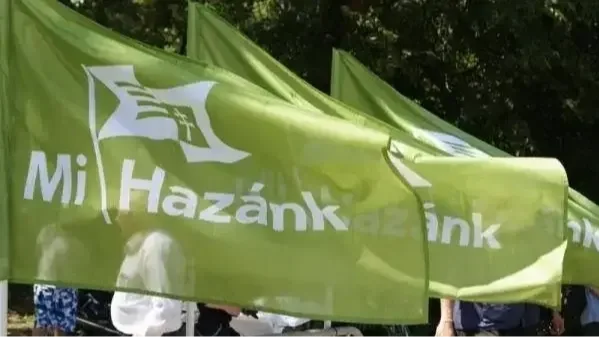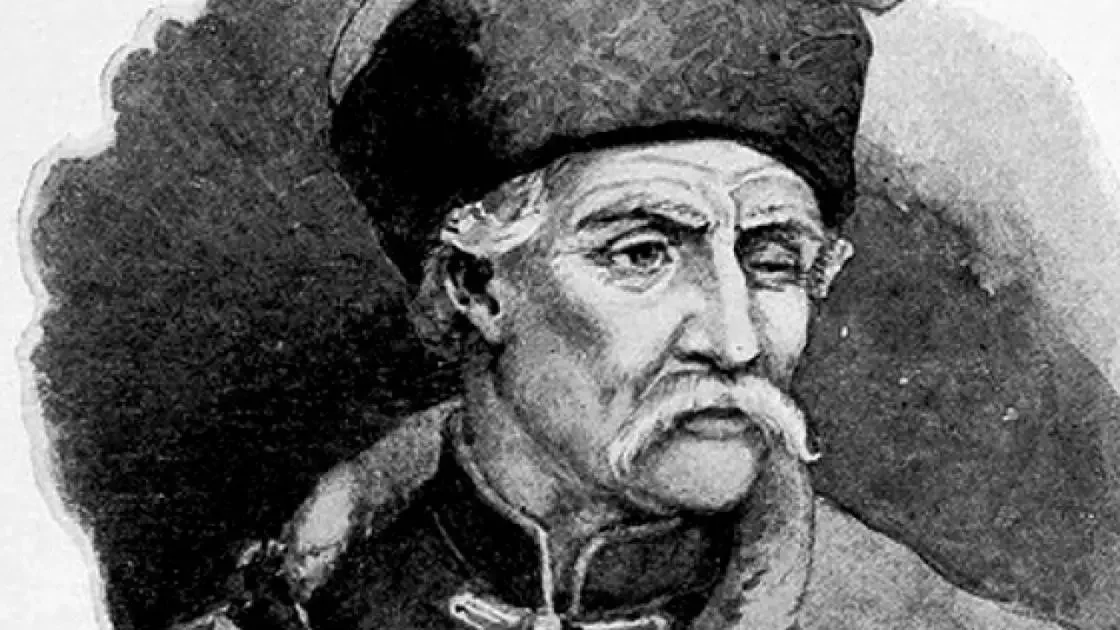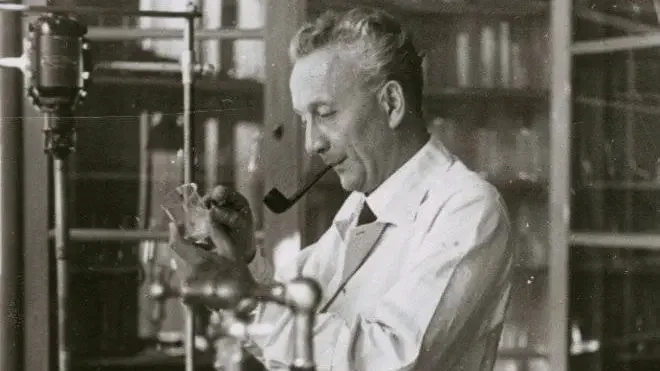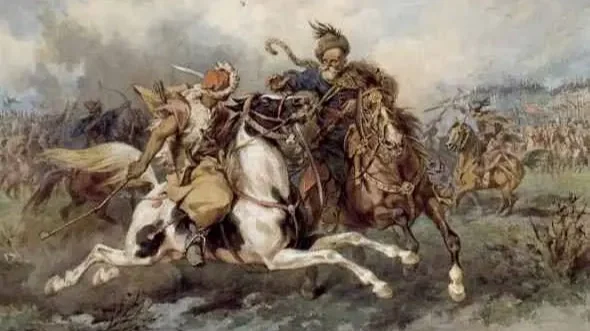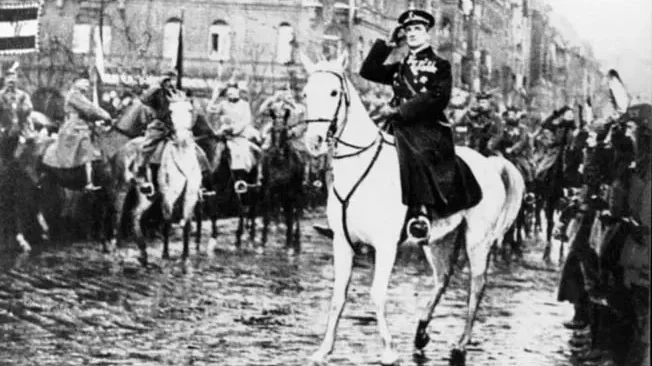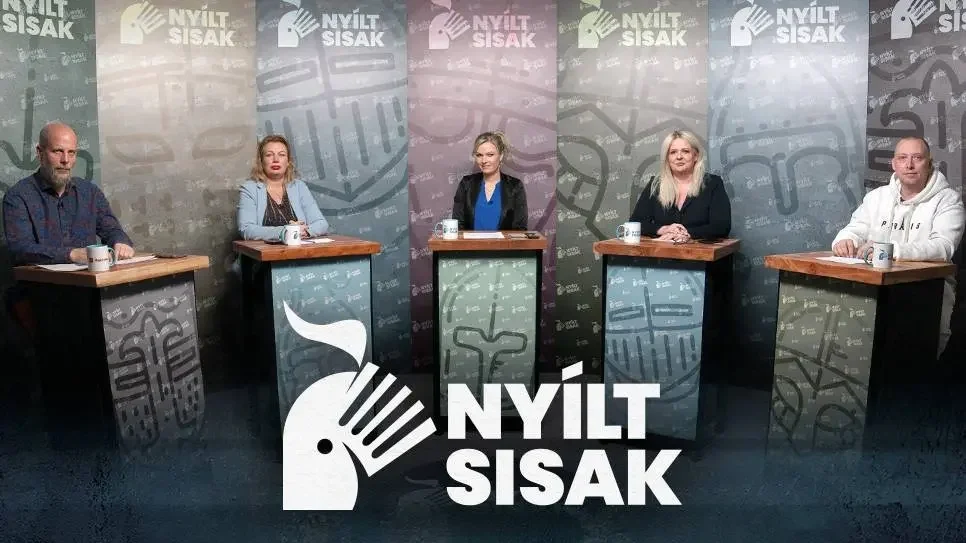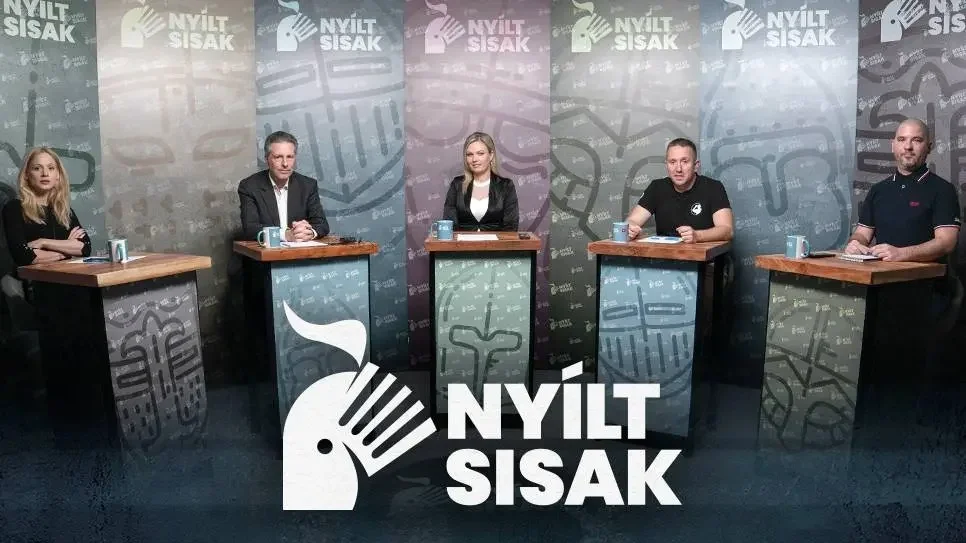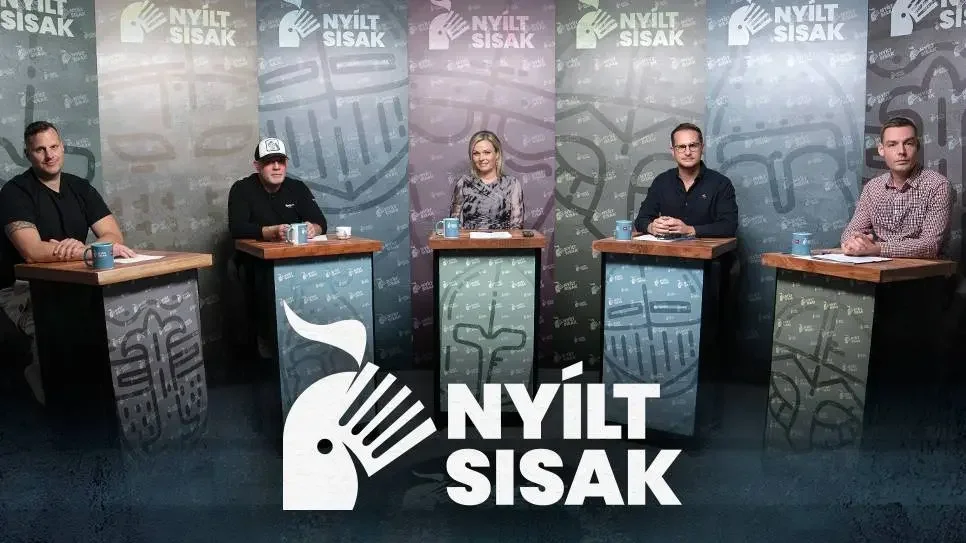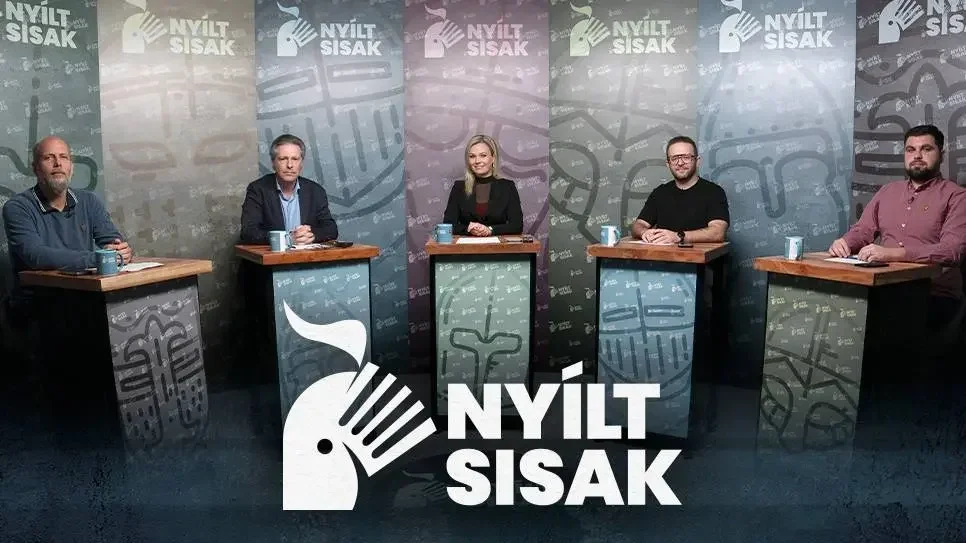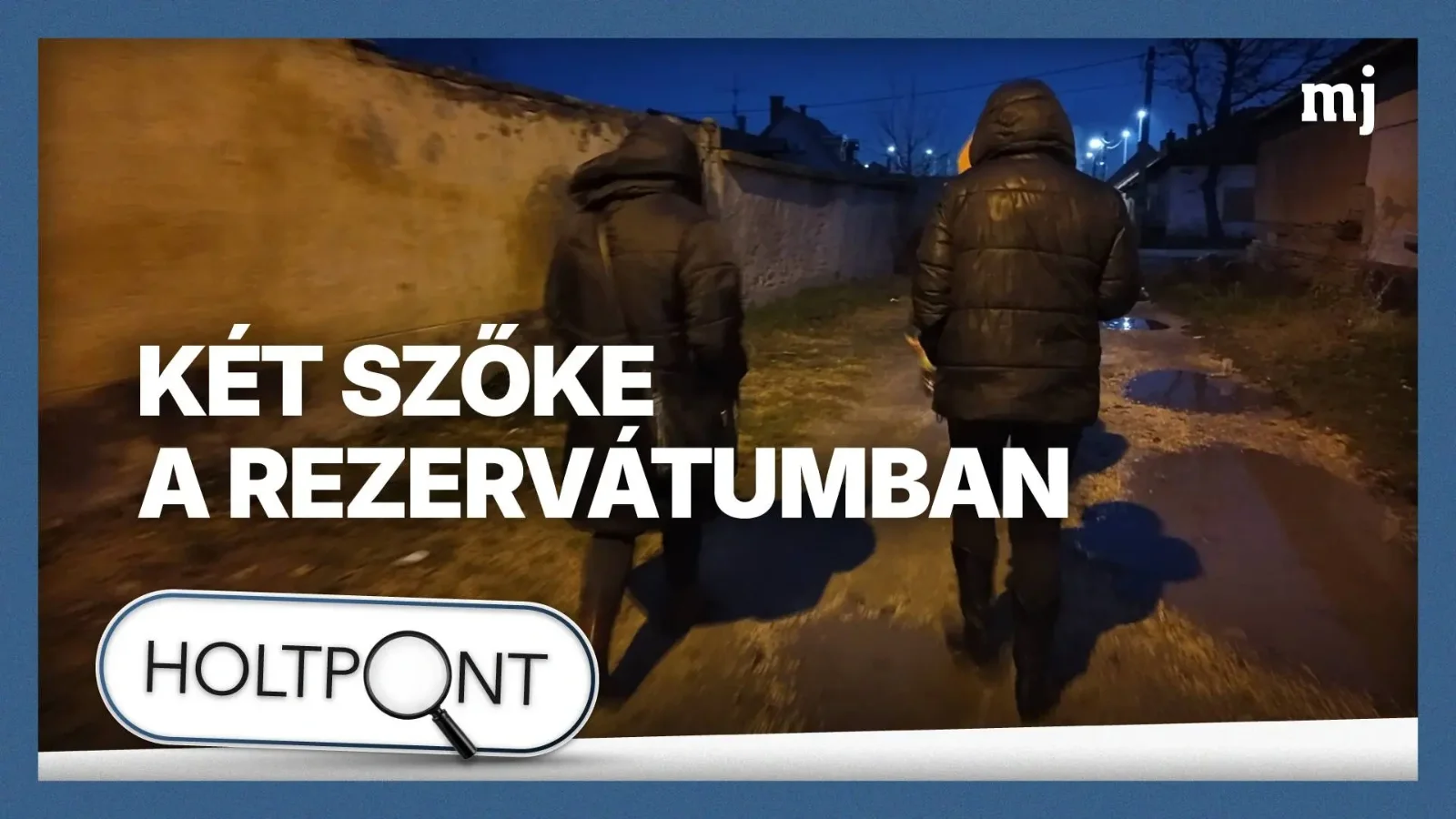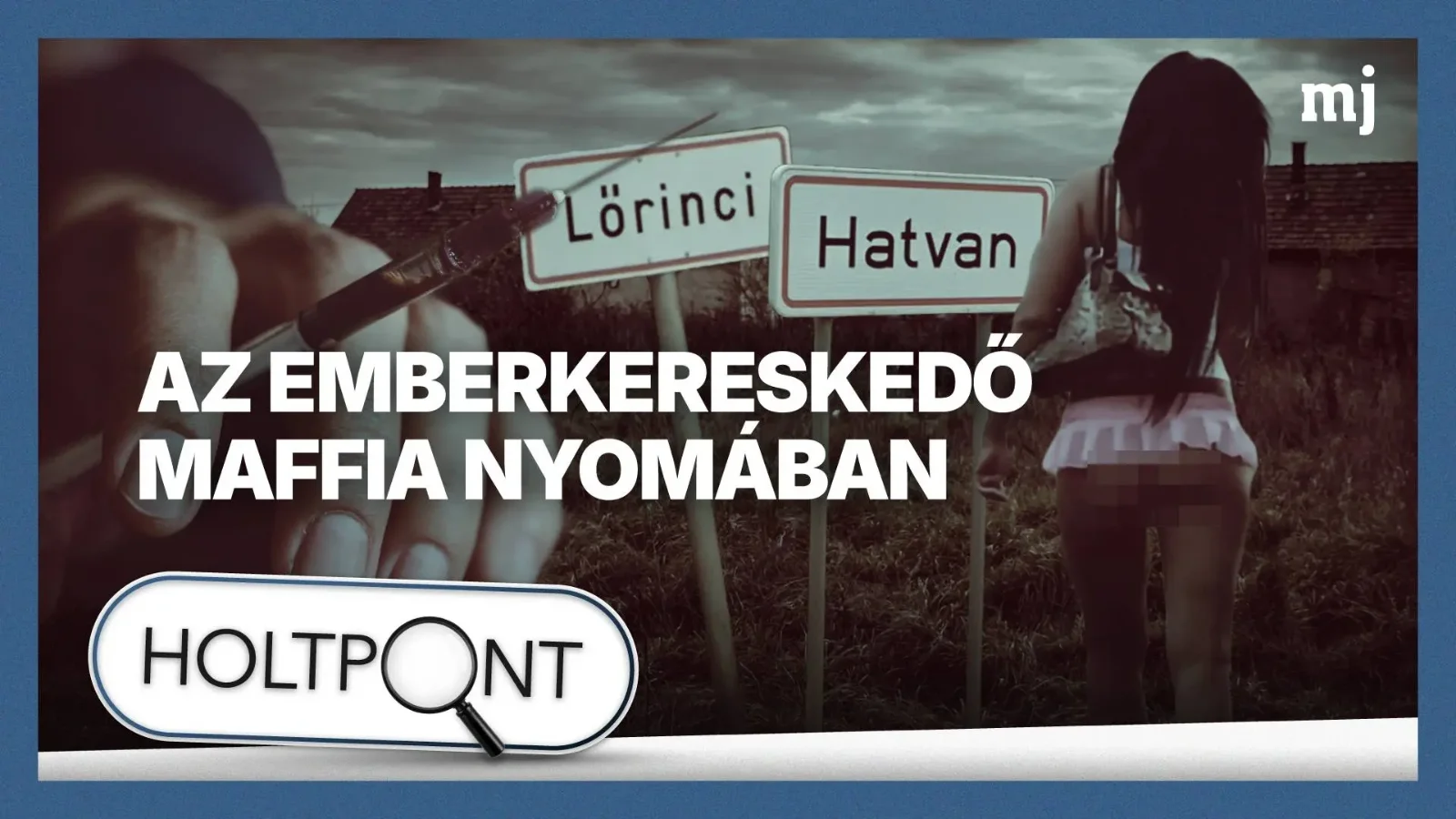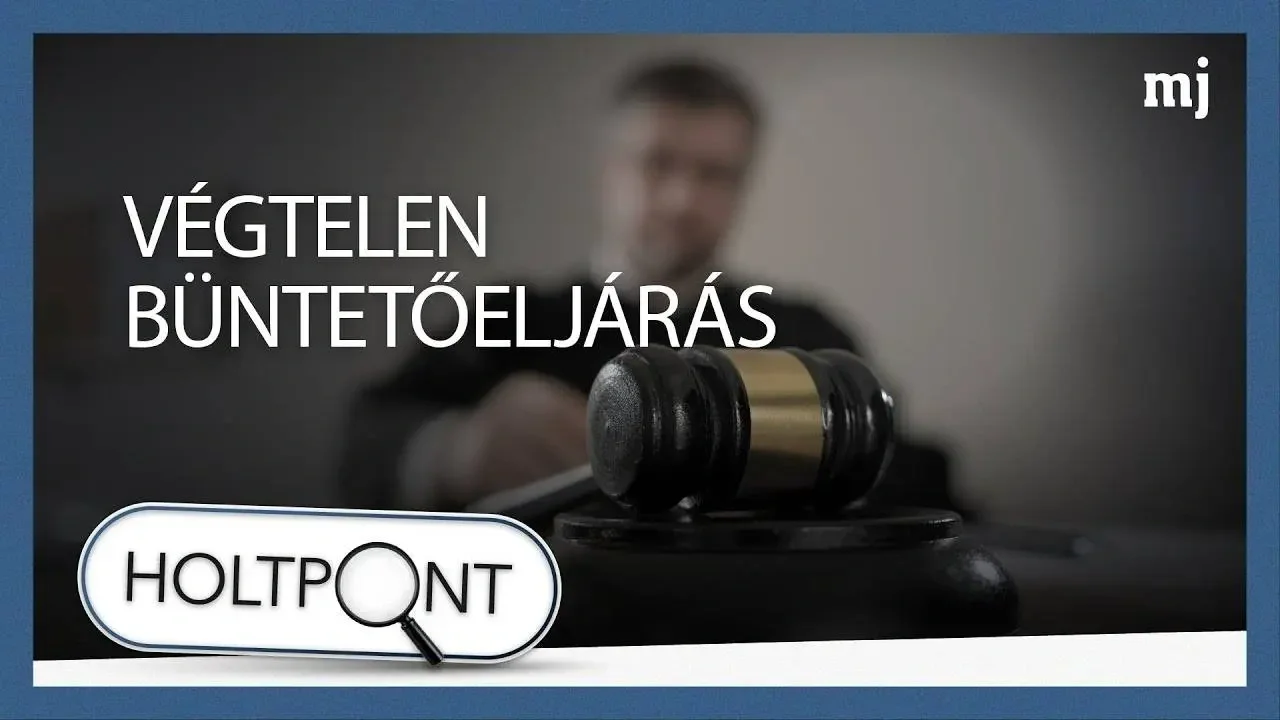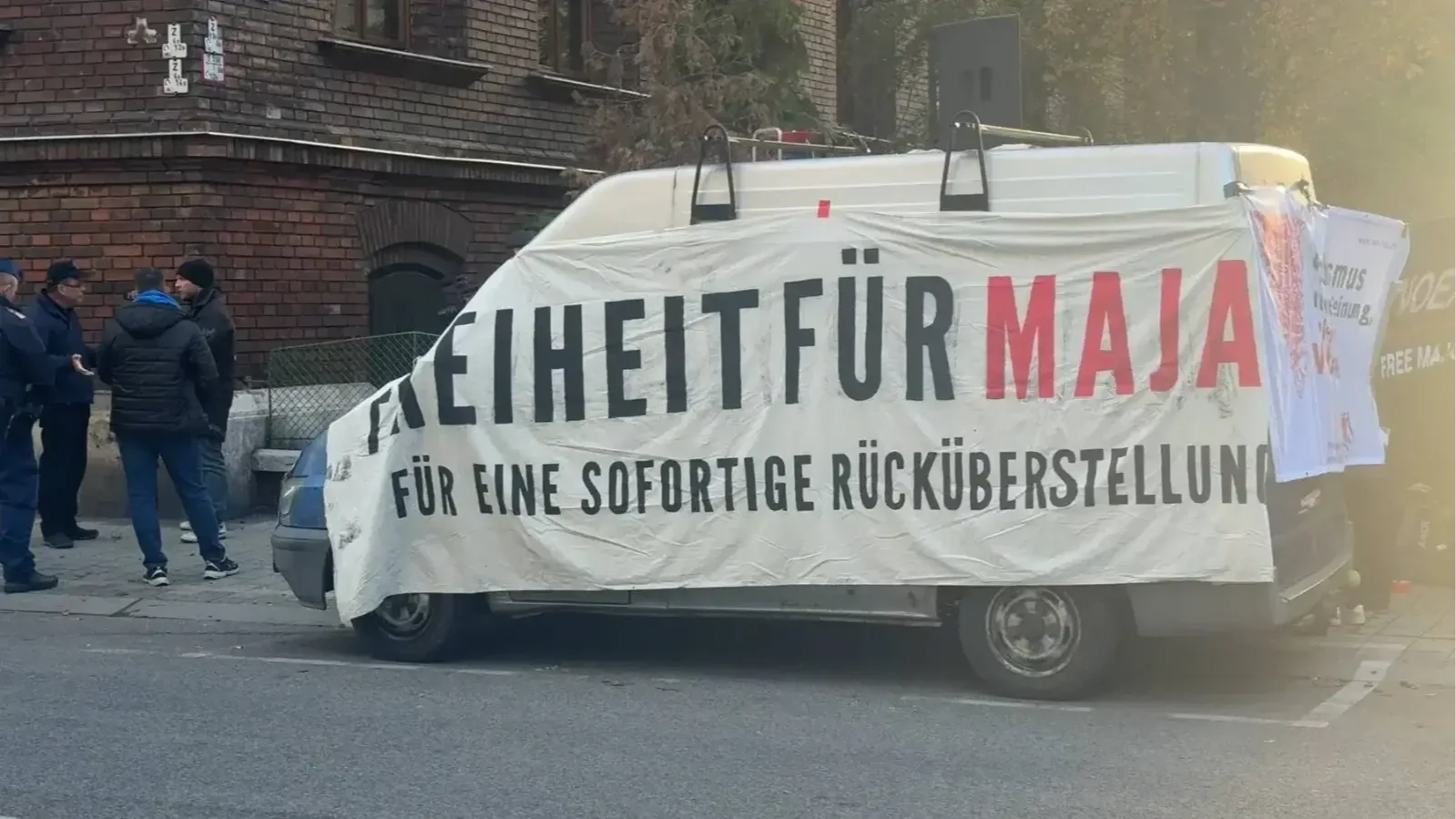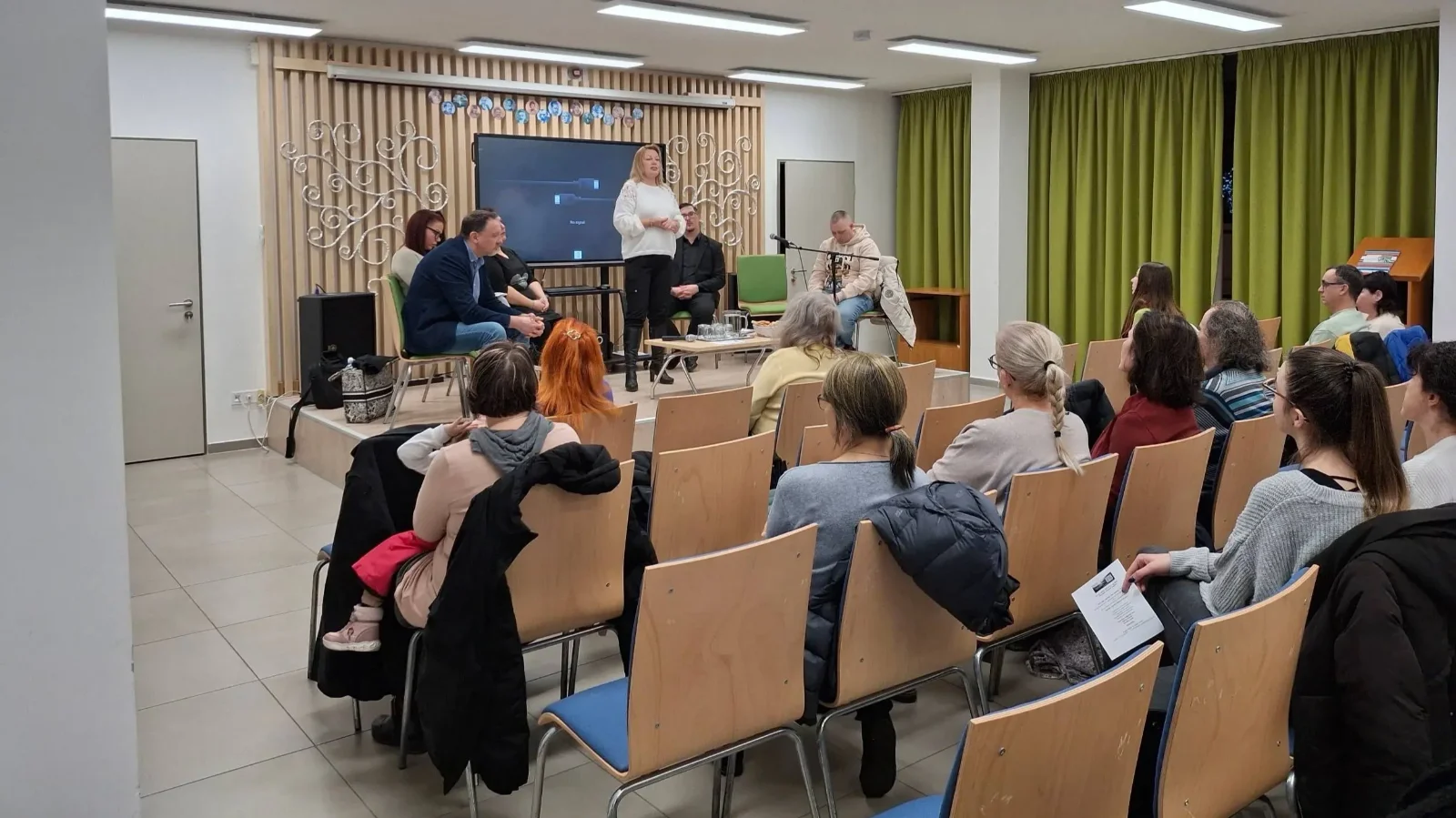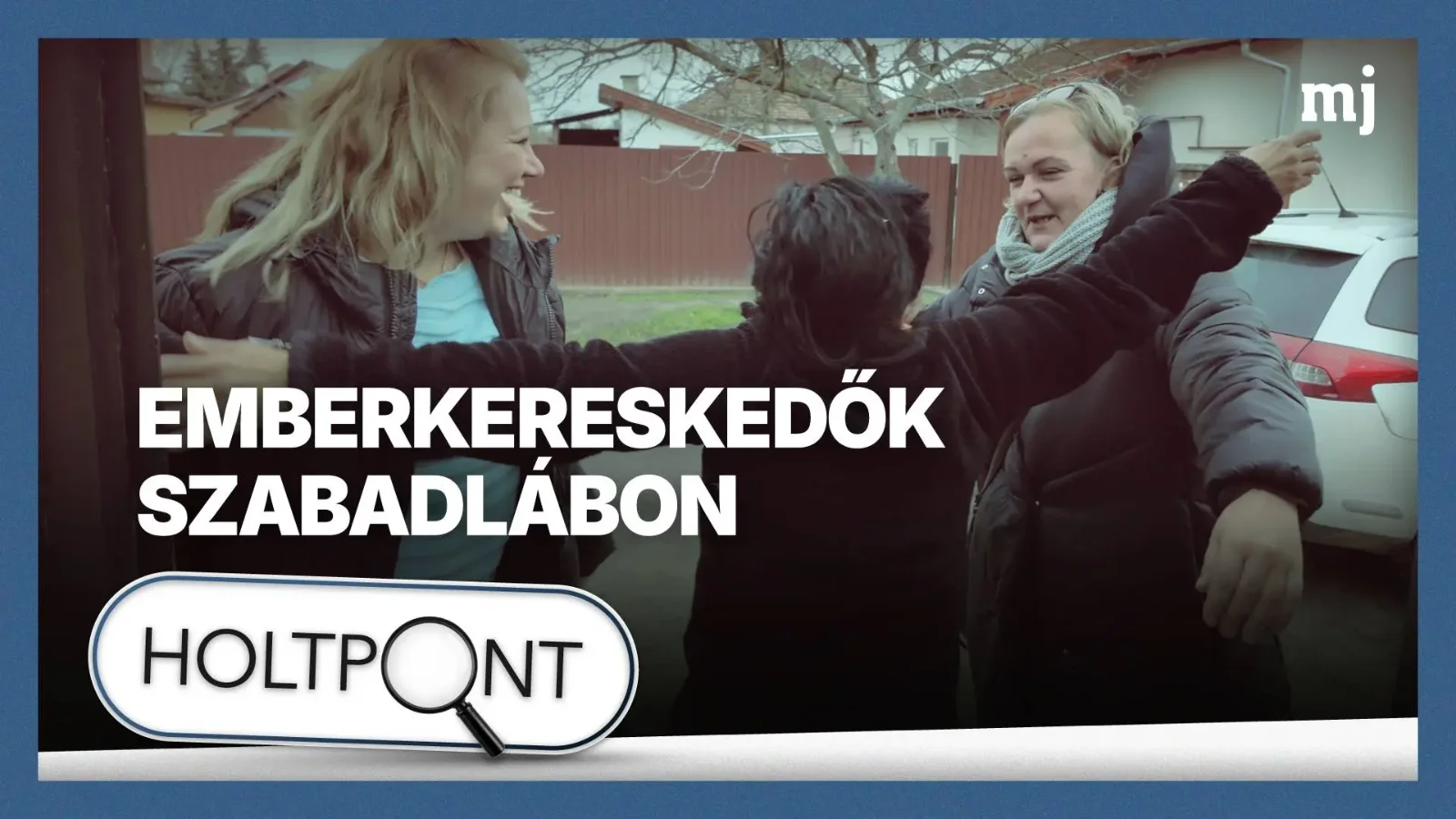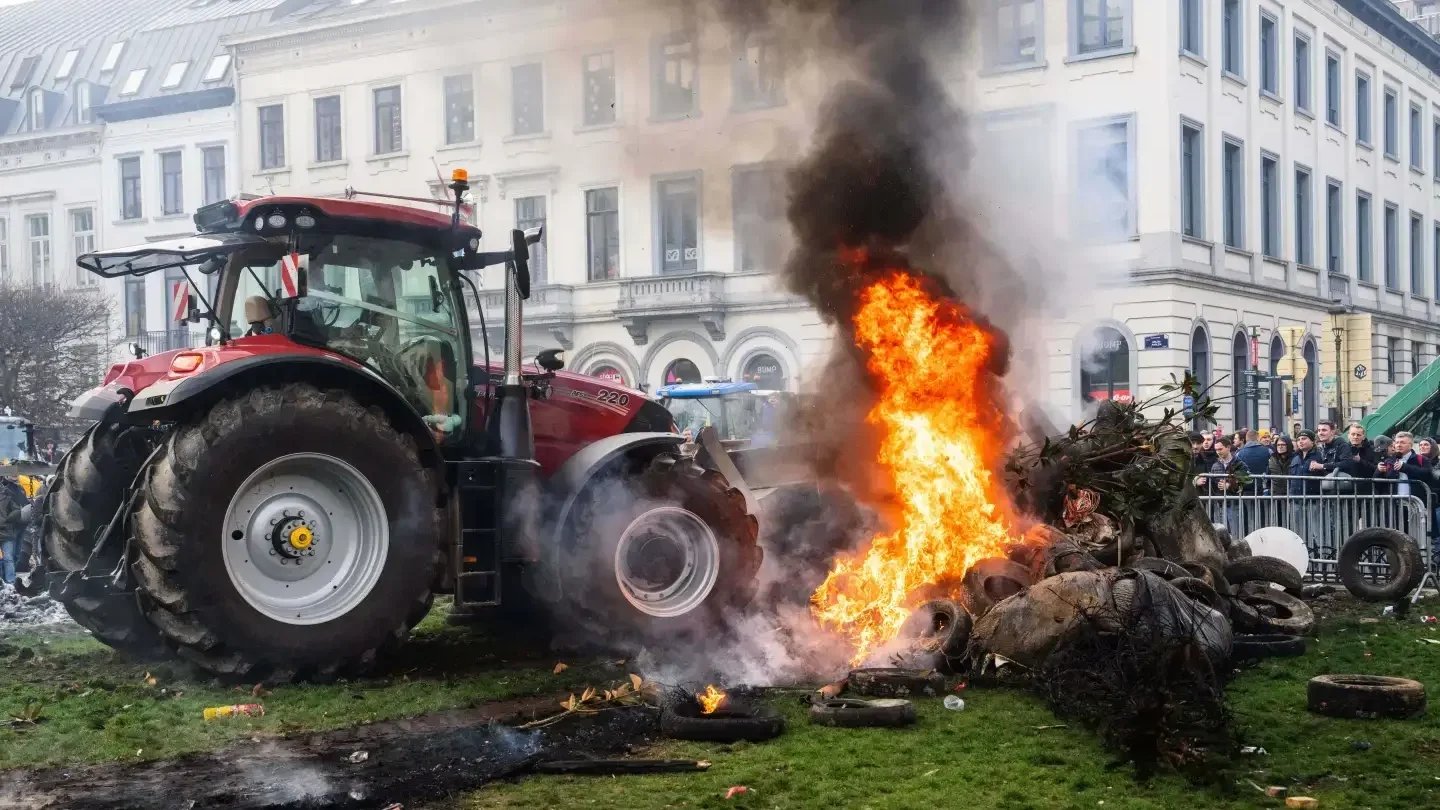Hungary's Great Plain Hosts Ancient Magyar Revival
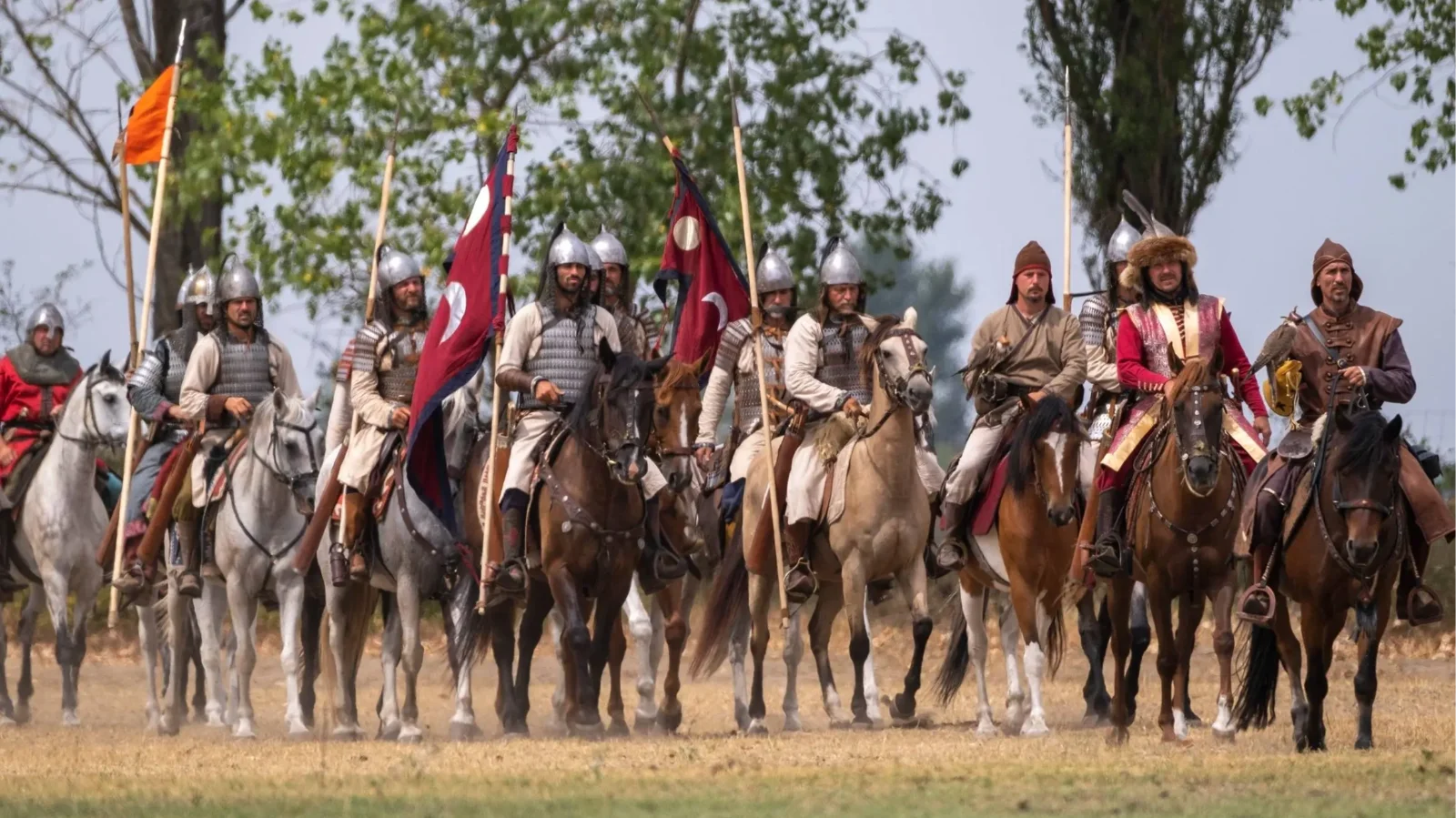 From the official Kurultáj website
From the official Kurultáj website
Tens of thousands are expected to gather in Bugac on August 8, 2025 for what locals call the biggest heritage festival in Europe. The Day of Ancestors will bring traditional Magyar culture to life on Hungary's vast puszta, where visitors can witness everything from ancient combat demonstrations to shamanic music performances.
Mayor László Szabó expressed pride in his small municipality's role hosting the eighth annual celebration. "When people hear Bugac now, they think of more than our landscape," he told reporters at a press conference ahead of the event. "They think of these national holidays we host."
The festival runs as the sister event to Hungary's internationally known Kurultáj, which alternates years with the Day of Ancestors. While Kurultáj draws delegations from across the Eurasian world, this celebration focuses specifically on Hungarian heritage and Magyar communities throughout the Carpathian Basin.
András Zsolt Bíró, who founded and organizes both events through his Magyar-Turán Foundation, has watched attendance climb to around 100,000 people annually. "We created a celebration where every Hungarian community can properly remember our great common Magyar ancestors," he explained in an interview. "Hungarians from Slovakia, Serbia, Romania, and Ukraine come here to celebrate heritage they cannot fully express in their own countries."
The concept traces back to Bíró's expeditions to Kazakhstan in the early 2000s. As a researcher at Hungary's Natural History Museum, he studied connections between Hungarian and Central Asian nomadic cultures. The first Kurultáj took place in Kazakhstan's Torgay Region in 2007, followed by Hungary's inaugural gathering in 2008.
Ancient Steppe societies held kurultáj assemblies to elect khans and make tribal decisions. Bíró adapted this historical precedent to create a modern cultural gathering that celebrates shared nomadic heritage between Hungarians and related peoples across Eurasia.
The alternating schedule serves different purposes. Even years bring international Kurultáj celebrations with delegations from dozens of nations. Odd years feature the Day of Ancestors, concentrating on Hungarian communities and their cultural inheritance.
Bugac provides ideal terrain for such gatherings. The region sits within Europe’s largest sand dune system, a landscape that resembles the Central Asian steppes where the Magyar tribes originated. Kiskunság National Park surrounds the festival grounds, preserving traditional Hungarian pastoral culture and equestrian traditions that connect modern Hungarians to their nomadic ancestors.
Technical coordinator Zoltán Varga outlined the massive preparations required. "We install giant misting systems for the heat and create over 2,000 square meters of shade," he said. Four wells provide free drinking water, while the campground accommodates 1,000 tents and parking handles thousands of vehicles.
The program spans four days with 55 different activities, all free to attend. Bíró eliminated admission fees to welcome families with limited resources, whether from Hungary or Magyar communities in neighboring countries where economic opportunities remain scarce.
The festival features combat demonstrations that reenact ancient warfare techniques using traditional weapons. Equestrian competitions celebrate the horse culture that defined nomadic societies. Archery programs teach skills essential for steppe survival. Craftsmen display traditional techniques for working leather, metal, and wood using methods passed down through generations.
Musical performances deserve special attention. Traditional Hungarian instruments accompany songs preserving linguistic connections to several Central Asian languages. What organizers call "táltos-music" references the shamanic traditions that preceded Christianity among Magyar tribes, offering rare glimpses into spiritual practices that shaped ancient Hungarian culture.
Professional exhibitions present archaeological evidence of Hungarian-Hun-Avar heritage, providing scholarly context for the cultural celebrations. Traditional sports competitions revive games that once served both recreational and military training purposes.
The Hungarian government recognized these events' diplomatic value. Since 2016, Budapest provides substantial annual funding, acknowledging their role in strengthening cultural ties with Eurasian nations and Hungarian diaspora communities.
This support reflects Hungary's "Eastern Opening" foreign policy, which seeks relationships beyond traditional Western European partnerships. Sándor Lezsák, Deputy Speaker of Parliament and the events' honorary patron, has long emphasized cultural preservation and maintaining connections between Hungarian communities regardless of current borders.
Weather typically cooperates during August gatherings. Bugac ranks among Hungary's driest settlements, making rain unlikely. Organizers nonetheless prepare for various scenarios, demonstrating the professional approach that has fueled continued growth.
The visitor base includes what Bíró calls a "hardcore" group of tens of thousands who attend regardless of conditions. Many come from Hungarian communities beyond current borders, finding rare opportunities to celebrate heritage without political complications.
International visitors arrive from across the Eurasian world, drawn by cultural connections and historical parallels between Hungarian and Central Asian traditions. They bring traditional crafts, foods, and practices that enrich the experience and strengthen bonds between related peoples.
The Day of Ancestors aims to preserve more than historical curiosity. For many participants, these gatherings provide essential connections to traditions weakened by urbanization and modernization. The event serves as a repository for folk knowledge, traditional skills, and cultural practices that might otherwise disappear.
Visitors can observe creation of traditional weapons, tools, and decorative objects while learning about materials and techniques that sustained nomadic societies. These demonstrations preserve practical knowledge with contemporary applications.
Traditional songs, stories, and oral histories performed at the festival contain archaic Hungarian words preserving connections to ancient language families. Scholars use these gatherings to document linguistic elements providing insights into Hungarian origins and development.
Food traditions receive attention throughout the festival. Traditional nomadic cuisine, adapted to local Hungarian ingredients, appears throughout festival grounds. Visitors can sample foods prepared using historical methods and recipes connecting modern Hungarians to ancestral dietary practices.
Organizers see their work as maintaining cultural continuity during rapid change. By creating space for traditional practices and historical connections, they hope future Hungarian generations maintain awareness of their unique heritage and its place within the broader family of related peoples across Eurasia.
As the festival enters its eighth year, growth and increasing international recognition suggest this effort to preserve Hungarian ancestral heritage resonates with audiences seeking authentic cultural experiences and meaningful connections to historical roots.
Sources:
Magyar Jelen, Great Kurultáj Official Website - kurultaj.hu, Hungarian Conservative, Ancient Origins, Daily News Hungary, Hungary Today, Diplomatic Press Agency
Mi a munkánkkal háláljuk meg a megtisztelő figyelmüket és támogatásukat. A Magyarjelen.hu (Magyar Jelen) sem a kormánytól, sem a balliberális, nyíltan globalista ellenzéktől nem függ, ezért mindkét oldalról őszintén tud írni, hírt közölni, oknyomozni, igazságot feltárni.
Támogatás
